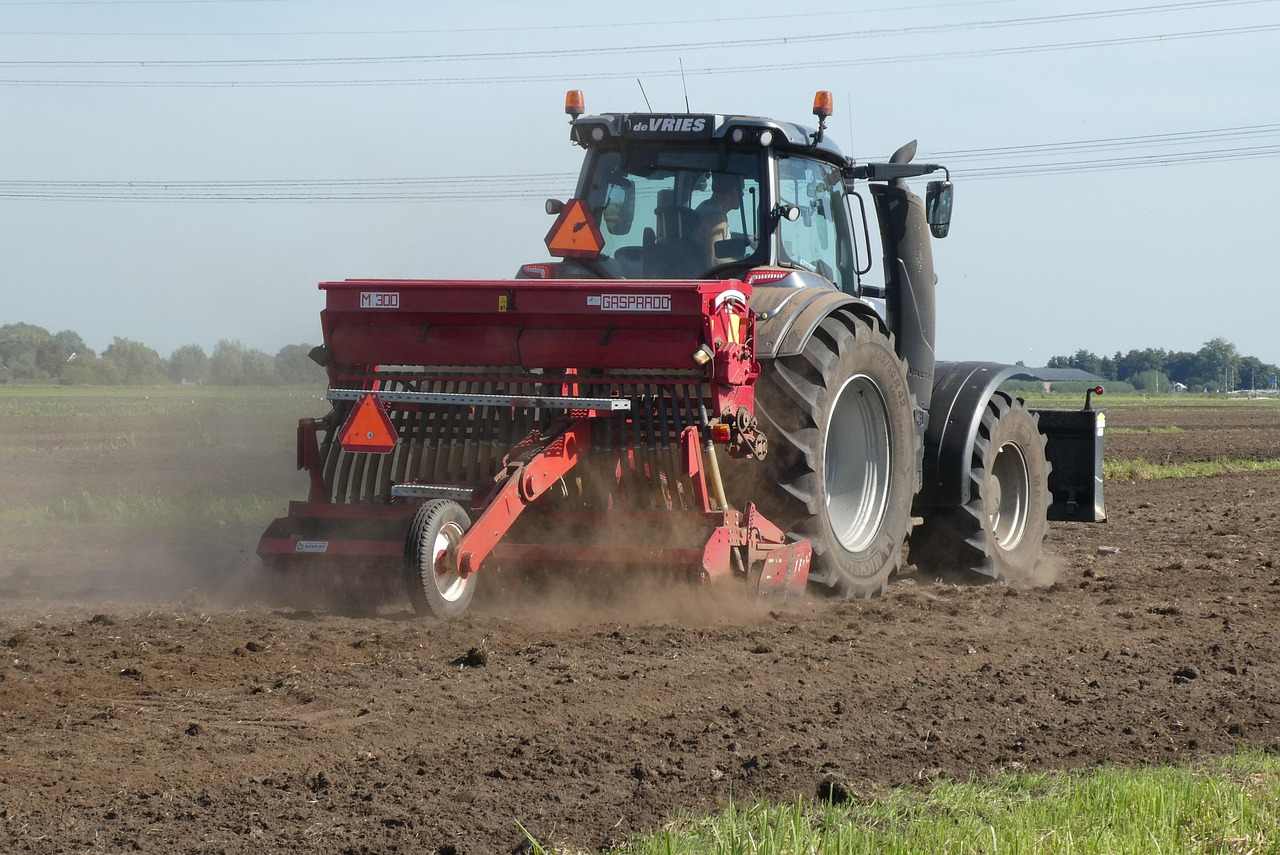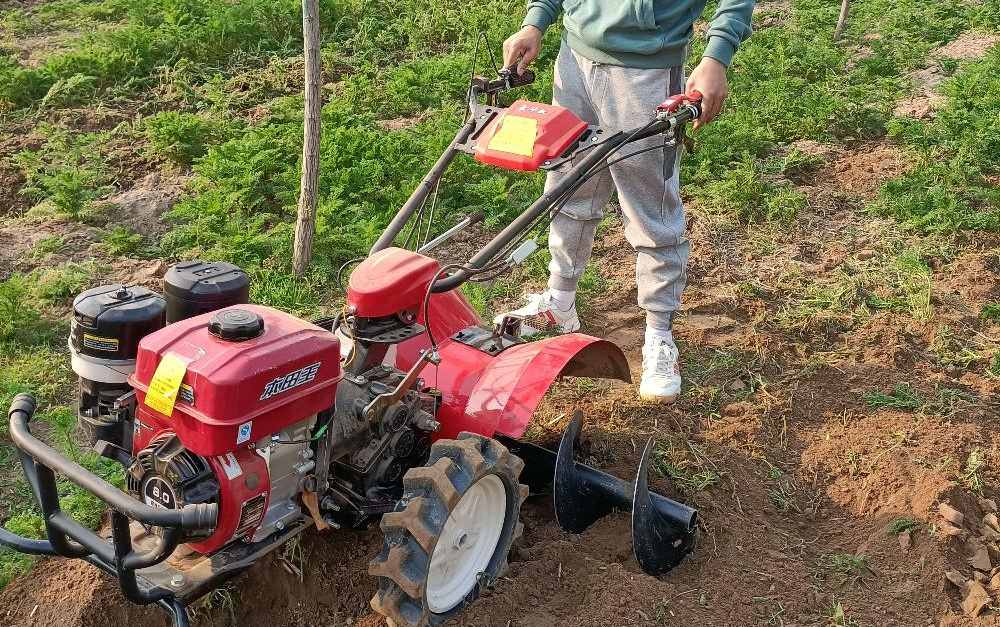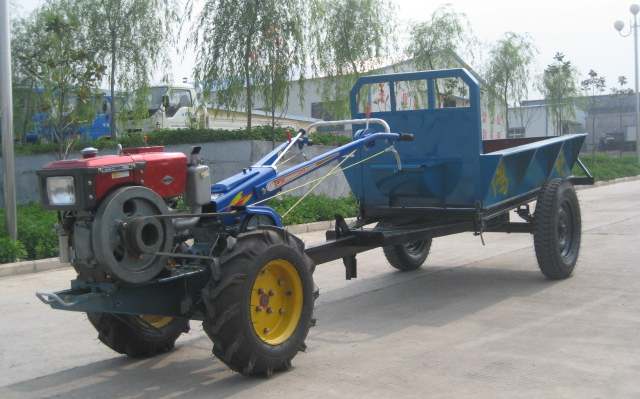Low-horsepower tractor selection guide
In agricultural production and small engineering tasks, low-horsepower tractors are very popular due to their flexibility and practicality. But how do you choose the right low-horsepower tractor for your needs? Below, we'll provide a detailed explanation from several key dimensions to help you better understand.
I. Define the use and working environment
1. Type of work
Land cultivation: If the main work involves plowing, tilling, and harrowing fields, it's necessary to choose a model with stable power output and high engine torque. For example, when working on clay soils, a high tractor tractive force is required. 
In this case, a tractor with high engine torque can successfully perform deep tillage tasks.
Working in orchards and vegetable gardens: In confined spaces such as orchards and vegetable gardens, low-power, maneuverable tractors are more advantageous. Their characteristic compact size and flexibility allow them to navigate easily between trees and furrows, making weeding and fertilizing tasks easier.  .
.
Transportation needs: If transportation is required, a four-wheel tractor is a good choice. It has great stability and load capacity, and can meet daily material transportation needs. 
2. Operation Size
For small areas of land (a few acres), a small 5-15 horsepower tractor can meet daily cultivation and planting needs. However, if you plan to provide agricultural services to neighboring farmers and the workload is heavy, it is more appropriate to choose a 15-25 horsepower model with stable performance that can efficiently handle intensive work.
3. Geographical Conditions
In mountainous areas or in Mexico, where the terrain is rugged, it is necessary to choose a low-power, four-wheel drive all-wheel drive tractor with good hill-climbing ability and stability. [Insert a picture of a four-wheel drive all-wheel drive tractor working in a mountainous area] This will increase grip and prevent sudden descents from the slope. In flat areas, the demand for hill-climbing ability is lower, and it can be chosen according to other needs.
II. Pay Attention to Tractor Performance
1. Power Performance
The engine is the heart of the tractor. It is important to check that the engine's rated power matches the tractor's rated power, ensuring that the tractor has sufficient power even when fully loaded, avoiding situations of insufficient power and black smoke. For example, during deep tillage tasks, high engine torque is necessary for the plow to function properly.
2. Economical Performance
In long-term use, fuel and lubricating oil consumption is a significant expense. It is preferable to choose a model with good fuel economy, and you can review fuel consumption data under different working conditions. Also important is the maintenance and repair costs, including the price of spare parts, ease of repair, and ease of purchasing wear parts.
3. Operating Performance
Comfort and ease of operation are crucial. Reasonable control placement, light and agile steering, responsive and reliable brakes, and a comfortable seat can improve the experience and work efficiency. Some tractors with a power steering system can significantly reduce operator fatigue.
III. Consider Adaptability and Compatibility
1. Compatibility with Agricultural Implements
For the tractor, it is necessary to ensure that it is compatible with common agricultural implements, such as sunflowers, seeders, etc. The engine power output speed and suspension system parameters must match the agricultural implements. Otherwise, the normal operation of the implements will be affected and may even damage the tractor and implements.
2. Adaptation to the Environment
Climatic and soil conditions vary in different regions of the world, and the tractor must have adequate adaptability. In cold regions, the engine must have good low-temperature starting capacity and can be equipped with a preheating device. In hot and humid regions, the tractor must have good heat dissipation capacity and corrosion resistance. In high-altitude regions, it is necessary to choose a specially tuned model to ensure stable engine performance.
IV. Evaluate Price and After-Sales Service
1. Price Factor
Under the condition of meeting needs and performance, price is an important factor to consider. It is necessary to compare the price-performance ratio comprehensively. Don't just look for the lowest price, as cheap products may have quality and performance issues, which can increase long-term operating costs. You can pay attention to market trends and purchase during promotions.
2. After-Sales Service
Choose brands with a good reputation and a wide after-sales service network to ensure you receive prompt repairs if the tractor has problems. Consider the length and scope of the warranty, the response time of after-sales service, and whether the factory offers technical training, which will help you properly use and maintain the tractor.

 .
.
